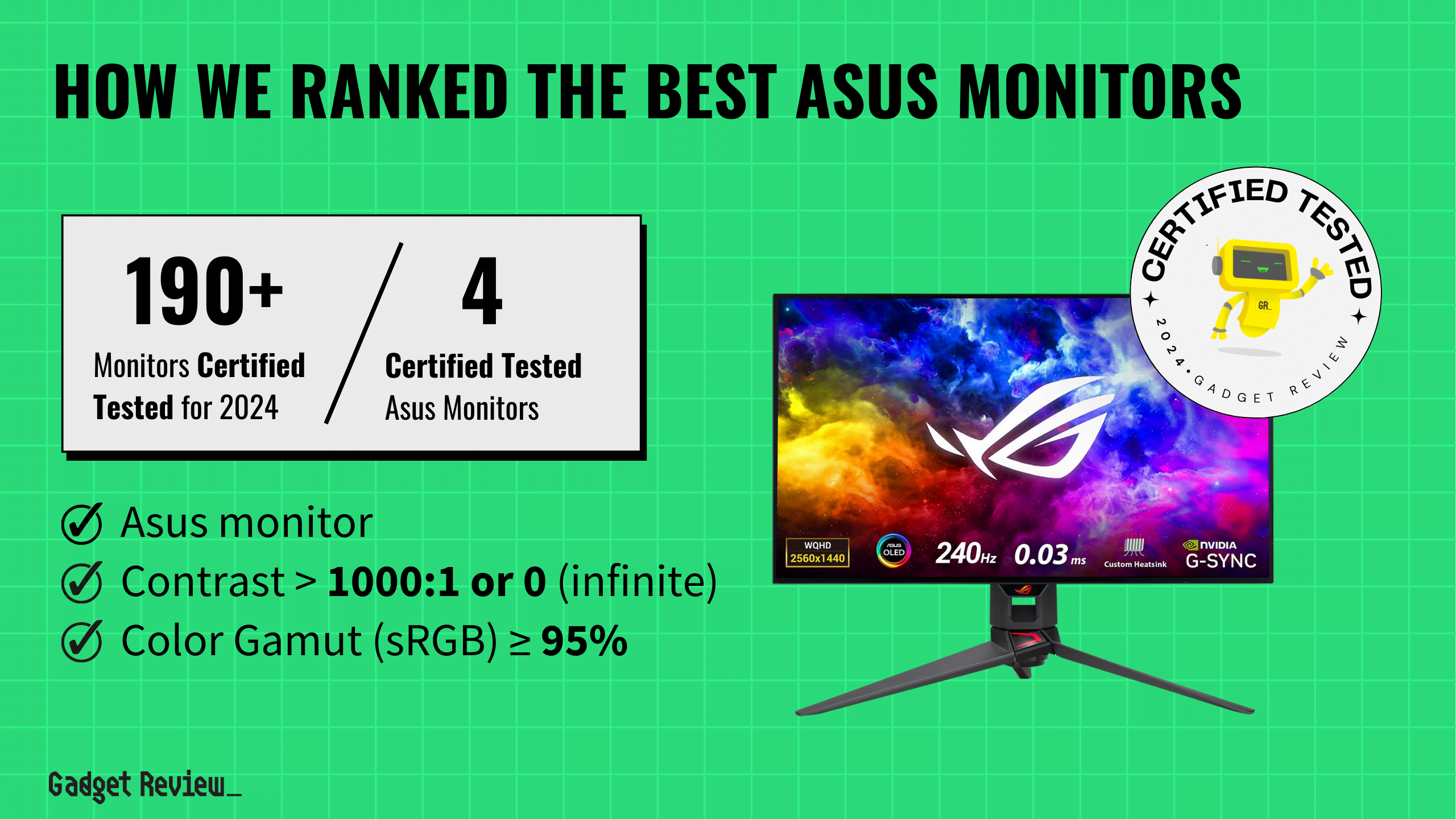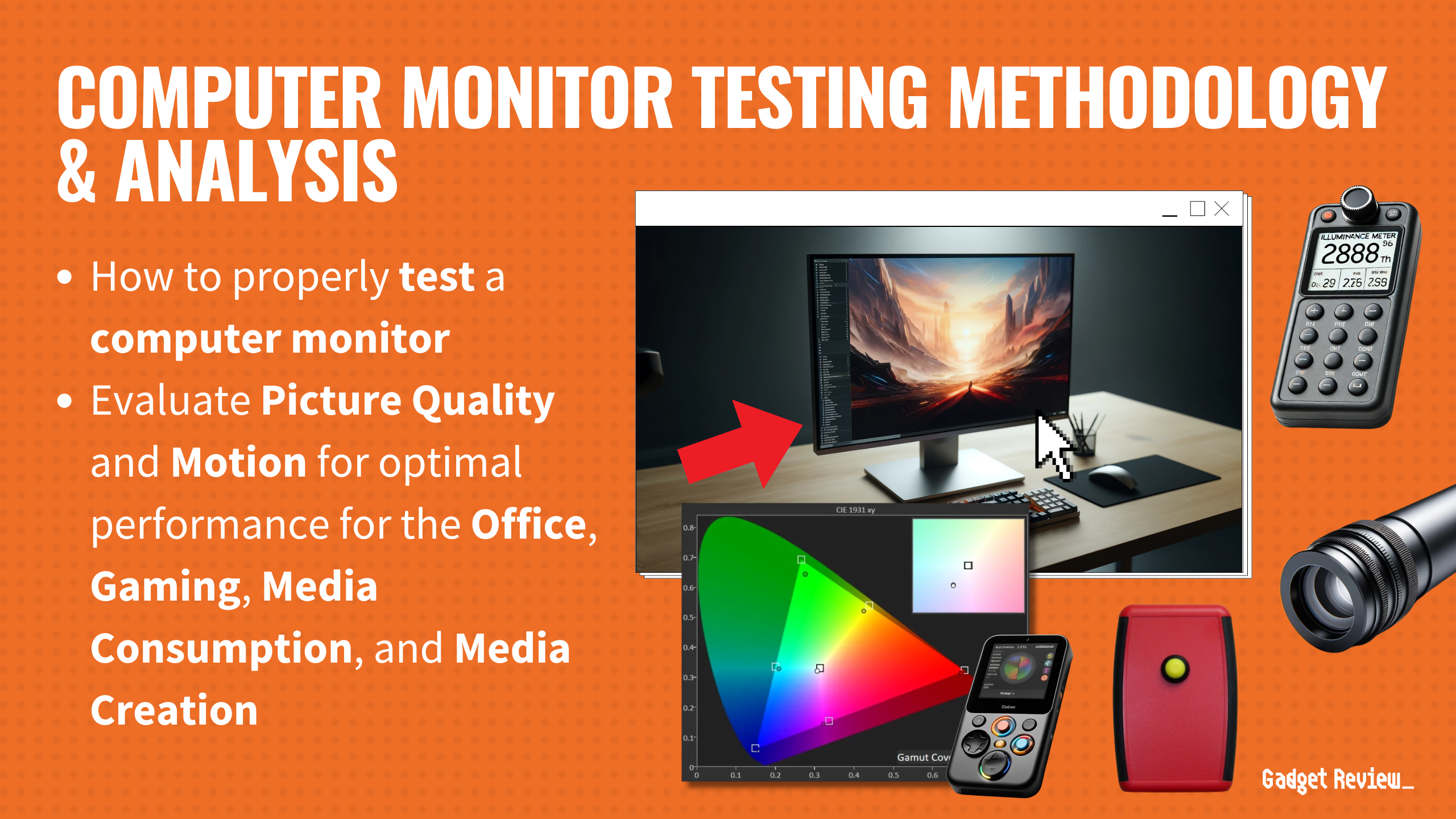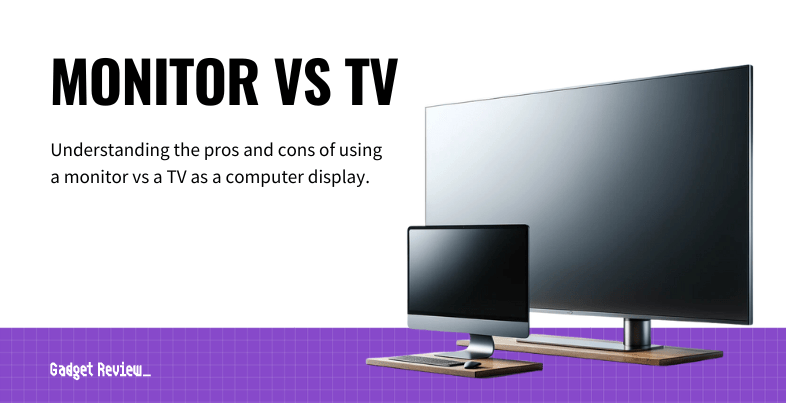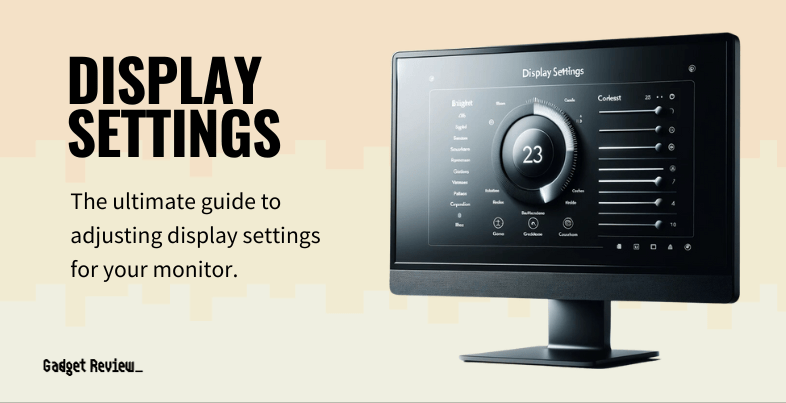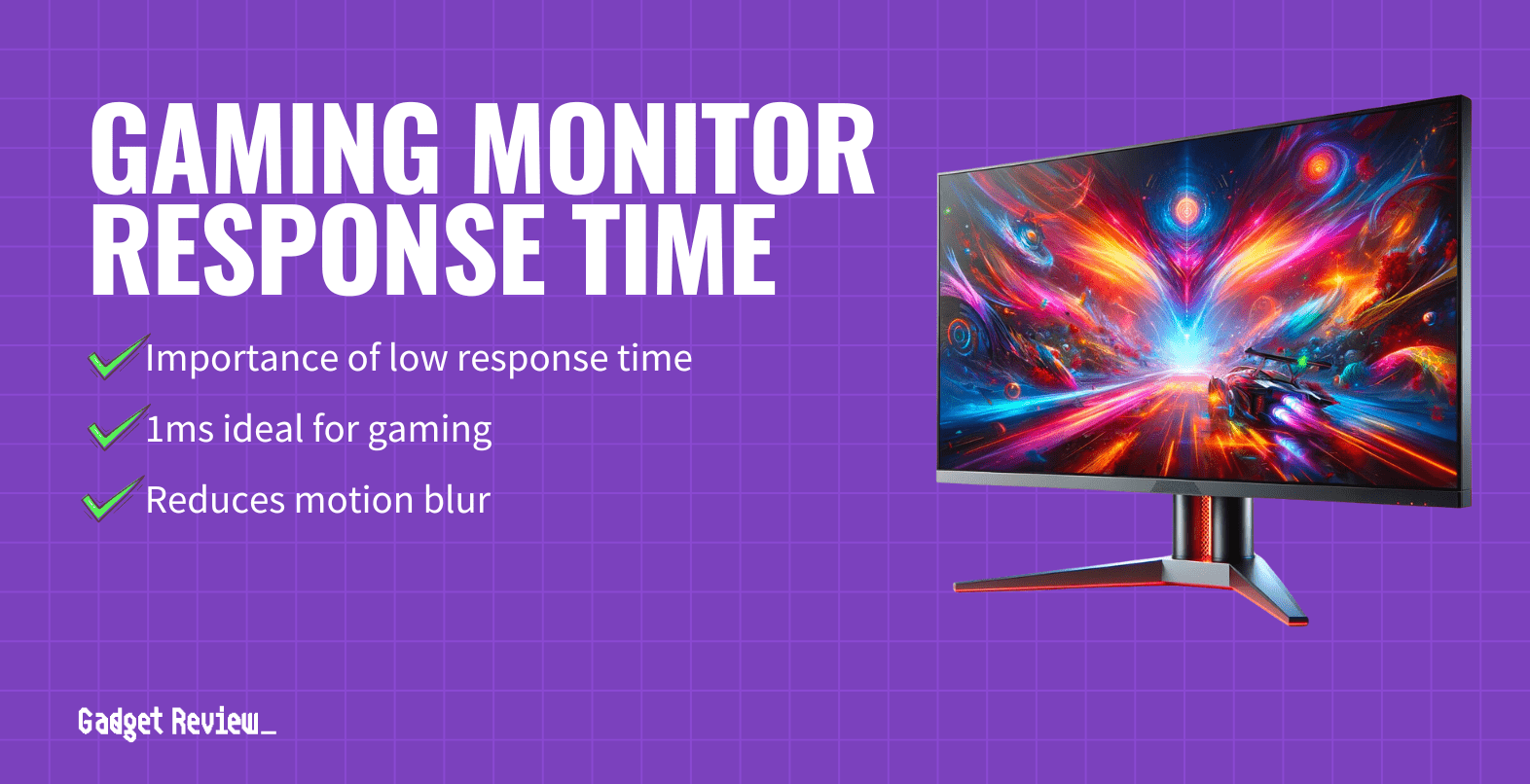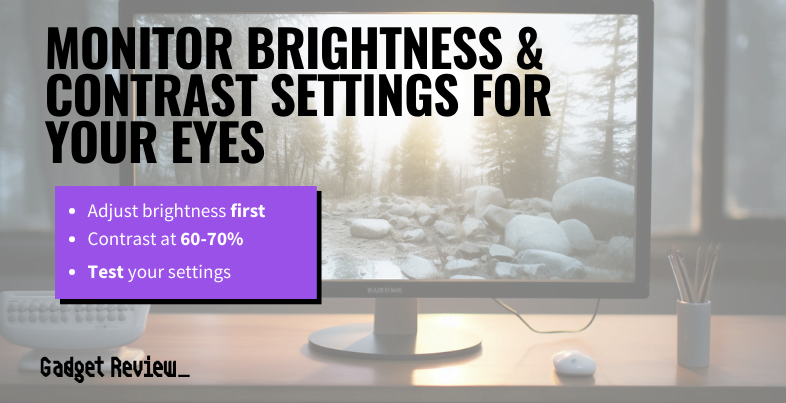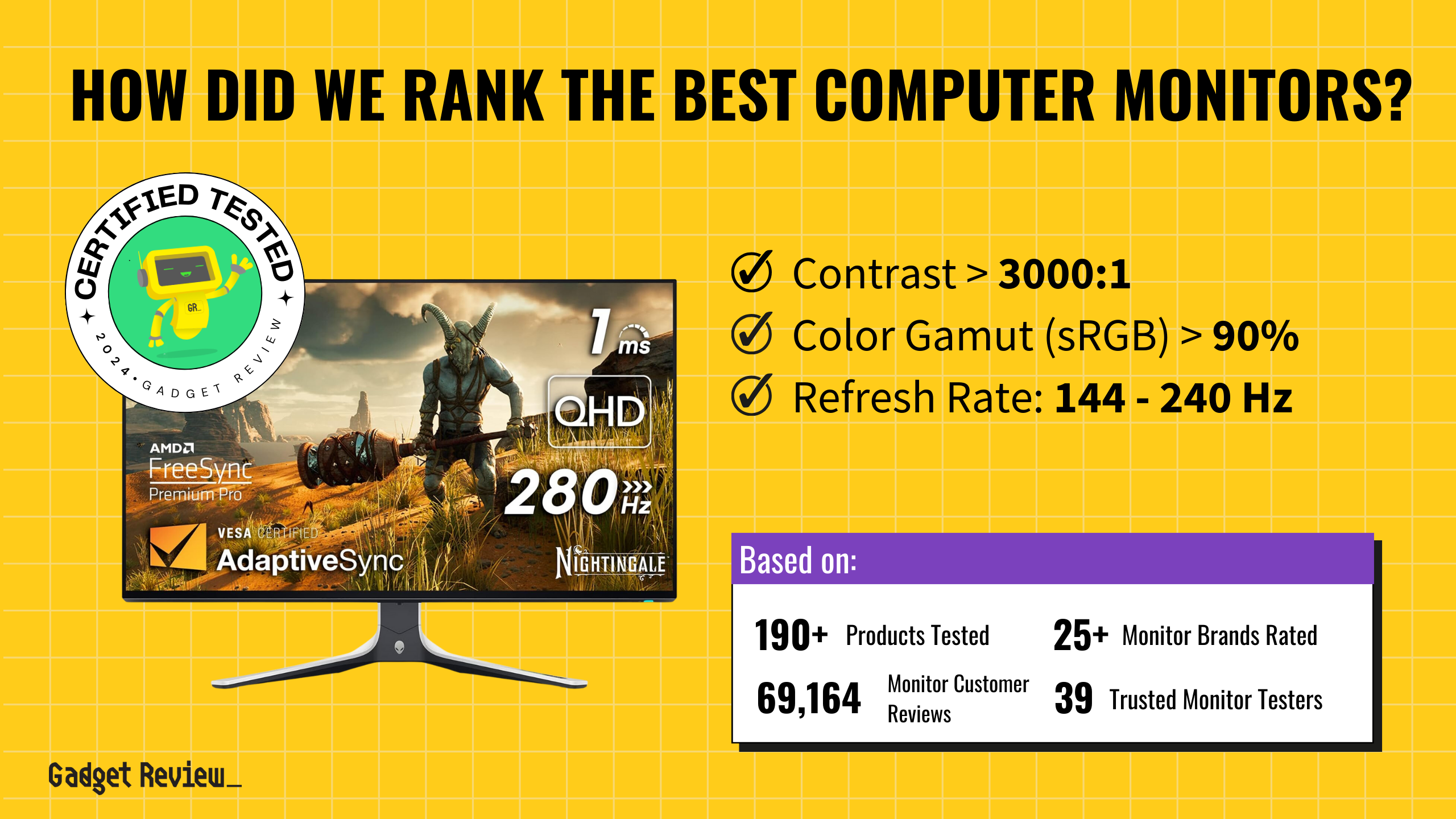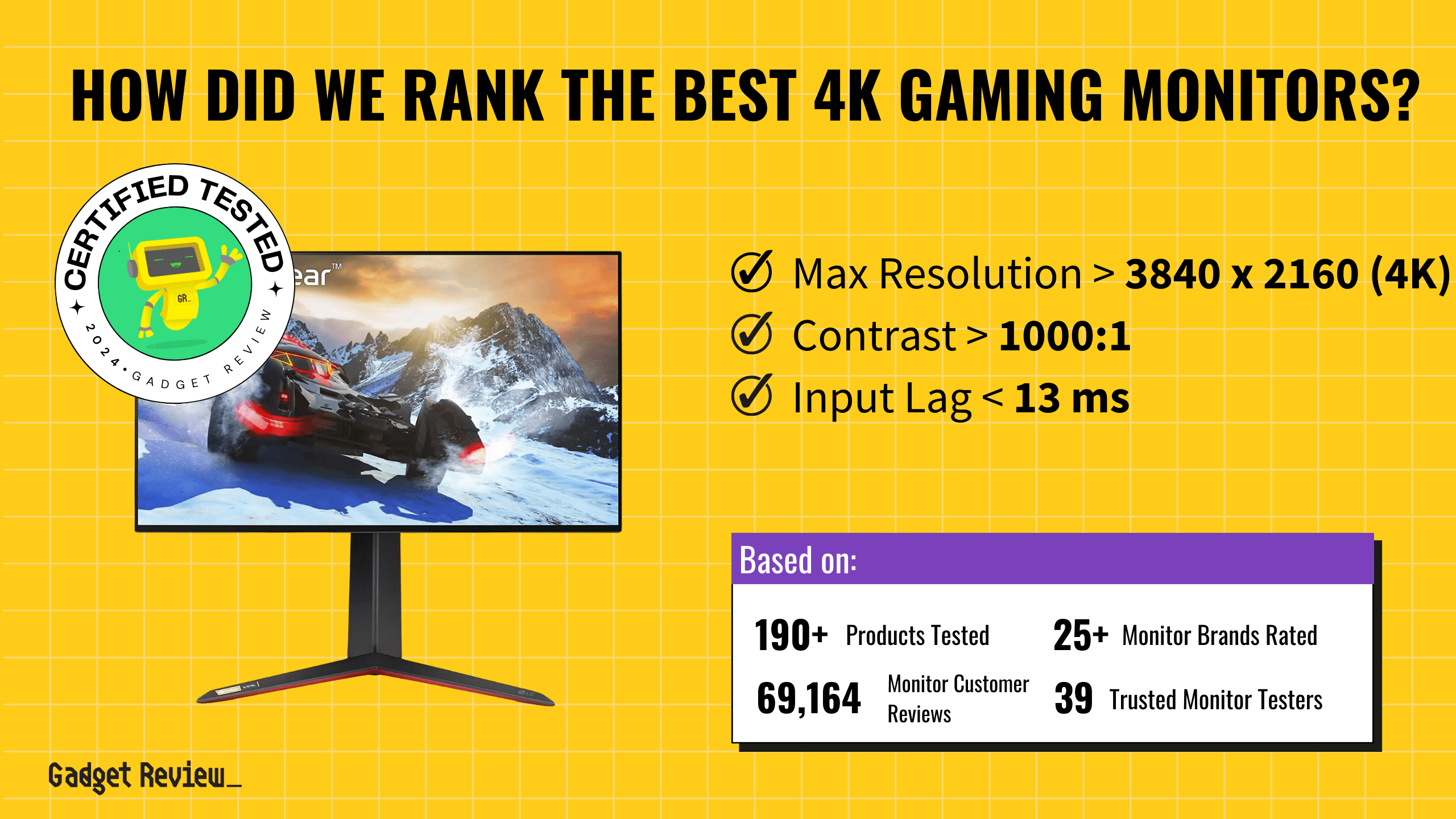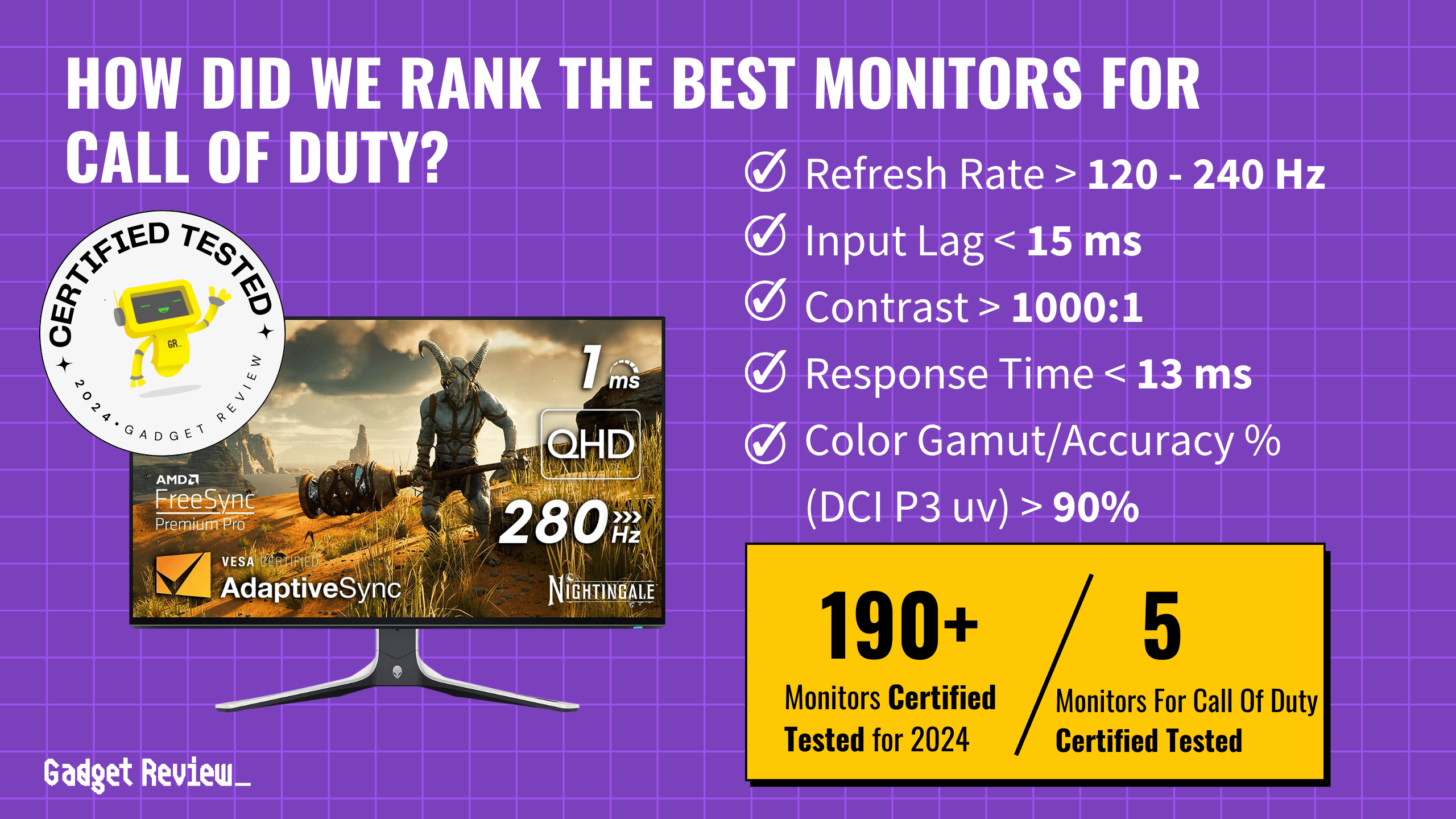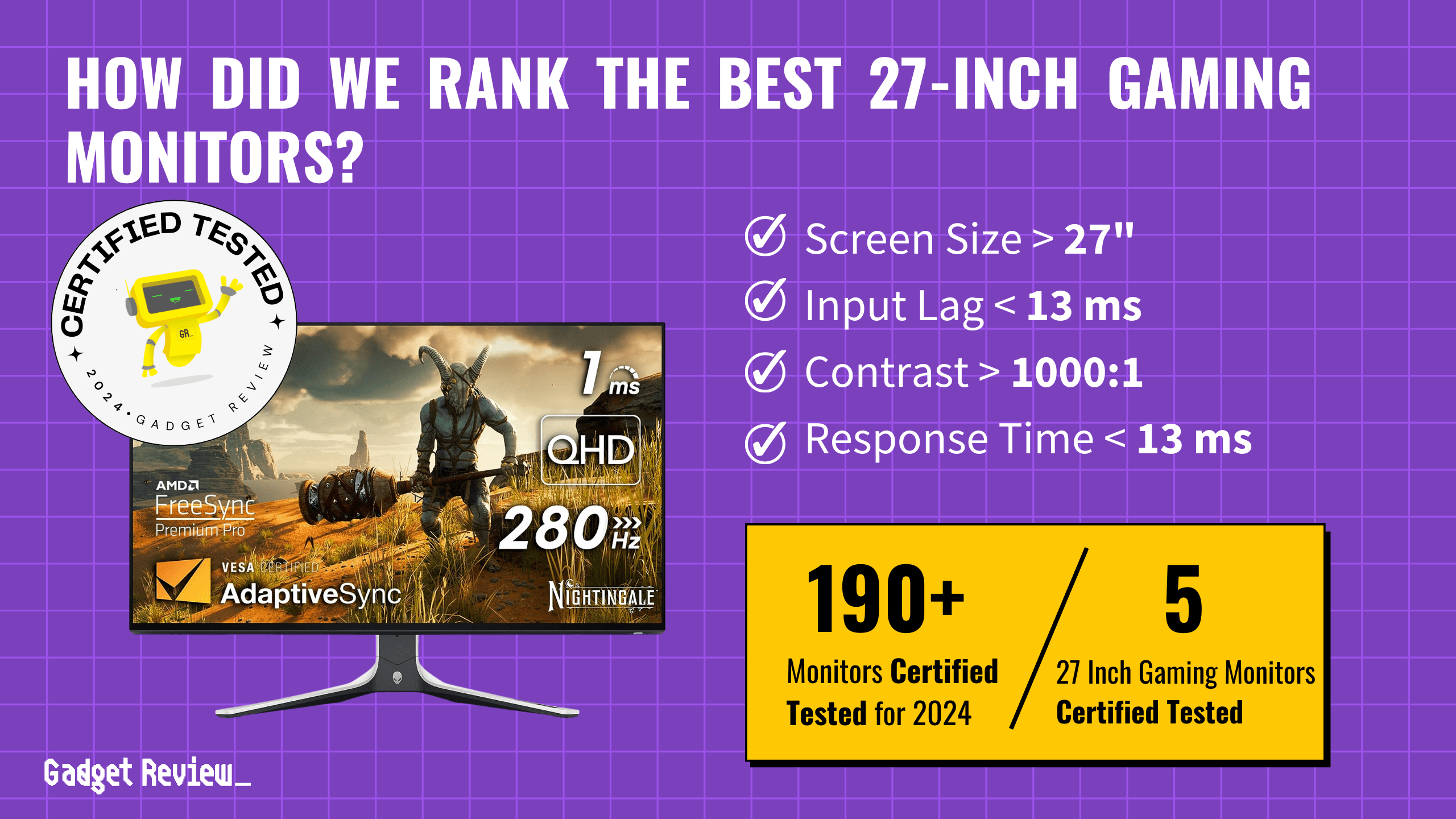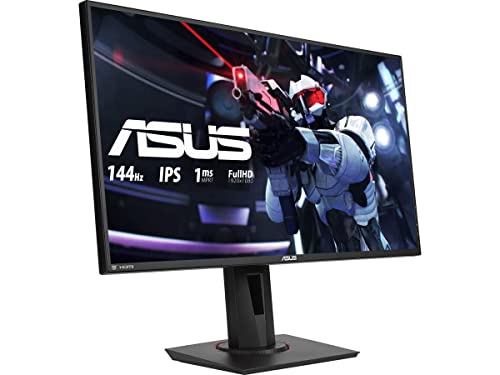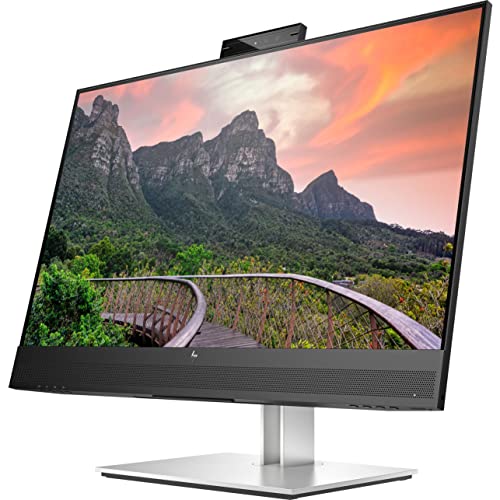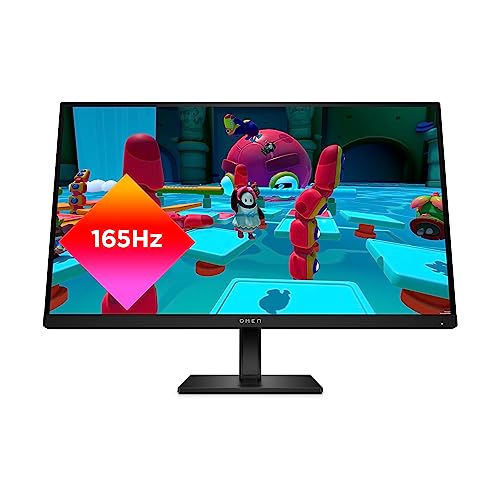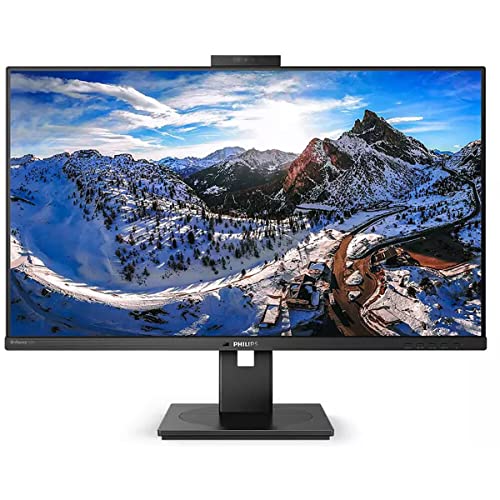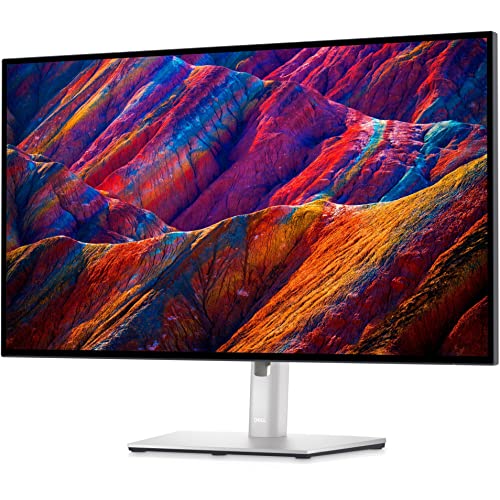When you’re looking for the best ASUS monitors, you want displays that offer stellar gaming performance, accurate colors for content creation, and excellent ergonomics for long-term use. ASUS excels in delivering high refresh rates and low input lag, which are critical for an immersive gaming experience. Their ProArt lineup is ideal for designers, boasting precise color accuracy. However, ASUS’s range of ultrawide monitors is more limited compared to brands like LG and Samsung.
Our rigorous review process analyzed 196 ASUS monitors, with four making it to our buying guide. We certified these products as tested and filtered out fake and low quality reviews using our proprietary Trust Score. Out of 319,870 reviews analyzed, 71% of experts failed to meet our standards, highlighting the reliability of our top picks. These winning monitors excelled in performance tests, providing you with the best options for gaming, design, and everyday use, giving you the confidence to make an informed decision when buying a leading computer monitor based on reliable test data and genuine insights.
How Did We Rank the Best Asus Monitors?
In evaluating the best Asus monitors, we analyzed testing methods, customer feedback from over 200 sites, and expert reviews. Our thorough examination revealed which criteria matter most, resulting in 2 required test results and 1 must-have specifications. This robust analysis underpins our true score, ensuring you receive precise and reliable buying advice.
Our commitment to unbiased reviews is powered by our ‘True Score’ system, targeting low quality and fake reviews. When you shop through our links, you’re backing our mission. Dive deeper to see how.
?️ Minimum Specifications
- Title contains Asus.
? Test Criteria
- Contrast Ratio: 1,000:1 or higher (infinite), offering deep blacks and bright whites for an exceptional viewing experience.
- Color Accuracy: At least 95% of the sRGB color gamut, providing rich and vibrant colors.
Latest Updates
- 05/3/2024: Published the list of best Asus monitors based on our True Score system.
Top Best Asus Monitors For 2025
Prices accurate at the time of publishing

Best Overall

Runner Up

Best Value

Best Budget

Best Mid-Range

Premium Pick
Asus ROG PG27AQDM
This is a superior choice for color accuracy and clarity. It is ideal for creative tasks, though limited in HDR performance. It is excellent for gaming with fast response and AMD FreeSync.
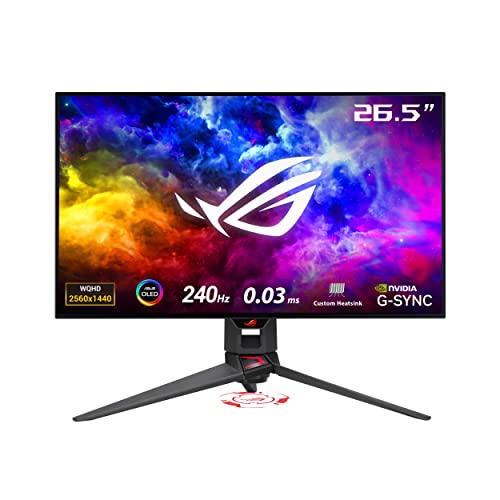
True Score
878910Experts
906kCustomers
Absolutely Fresh
 SAVE $120$749.00$629.00
SAVE $120$749.00$629.00Snapshot
Reasons to Buy
- Stellar Picture Quality
- Fast Response Time
- Low Input Lag
- High Refresh Rate and VRR Support
- Wide Viewing Angles
Reasons to Avoid
- No HDMI 2.1 Support
- Low Overall Brightness
Specifications

Aspect Ratio 16:9 
Available Inputs 3.5mm, DisplayPort, HDMI, USB 
Bluelight Filter Yes 
Built-In Speakers Yes 
Built-In Webcam No 
Curved Screen No Display Type LED 
Flicker Free Yes HDMI Inputs 2 HDR Format HDR10 High Dynamic Range (HDR) Yes Max Resolution 2560 x 1440 
Panel Type OLED Refresh Rate 240 Hz 
Response Time 0.03 ms 
Rotating Screen Yes Screen size 26.5″ 
Sync Technology AMD FreeSync, G-Sync All Specs
Test Results
Brightness (nits) 311 Contrast Ratio (as ratio, x:1) 0 Color Gamut/Accuracy % (DCI P3 xy) 95 Color Gamut/Accuracy % (DCI P3 uv) 0 Color Gamut % (Adobe RGB Coverage xy) 90 Color Gamut % (sRGB Coverage xy) 100 All Retailers
- $629.00$749Save $120
- $629.00
Our Verdict
The Asus ROG PG27AQDM is an excellent choice if you prioritize color accuracy and image clarity. It boasts a DCI P3 color gamut of 94.85% and an sRGB color gamut of 99.98%, providing a wide range of accurate colors that make it particularly well suited to design and creative productivity tasks.
The monitor’s high brightness level of 311.2 nits provides good visibility in brighter offices but won’t withstand extremely bright, direct sunlight. It also comes with a rotating screen and built-in speakers for home office use and dual-monitor setups. The included eye care features, such as a blue light filter and flicker-free technology, make it a suitable choice for long hours of use.
The contrast ratio of 1042:1 is decent enough but lags behind the rest of the options on our list, meaning this monitor may struggle with creating the kind of dynamic picture you’d want in HDR content. If you plan on using it for multimedia, you’d be better served by the PG32UQX, though you’d also have to pay a huge premium.
The monitor’s best-in-class response time of 2.13 ms makes most fast-paced content completely blur-free. The decent input lag of 13.9 ms means the monitor performs well in most gaming scenarios; if you take advantage of the 240 Hz refresh rate, this input lag drops significantly, and the gamer-focused branding of the PG27 becomes extremely fitting. The monitor’s gaming prowess is further bolstered by its onboard AMD FreeSync, which helps keep games running smoothly and tear-free.
The Asus ROG PG27AQDM is traditionally expensive but presents an excellent balance of quality and usability. Despite the sleek, gamer-focused exterior, it’s a high-performance monitor for productivity and design as much as it is for entertainment.
Category Snapshot
Computer Monitors
- Total Brands/Products Tested
27 Brands, 196 Products
- Top 2 Brands
Dell, HP
- Price Range (Budget-Premium)
$100-$1,500
- Average True Score
74.46
- Important Test Criteria
Brightness (cd/m2)
Contrast Ratio (1000:1) - Most Trusted Testers

- Top Monitor Experts
- Typical Warranty
2 years
- Covered by Insurance
Yes – AKKO

Best Overall

Runner Up

Best Value

Best Budget

Best Mid-Range

Premium Pick
Asus XG27AQM
It combines excellent color accuracy with competitive gaming features, making it versatile for both work and play. However, its lower brightness may be a drawback in very bright environments.
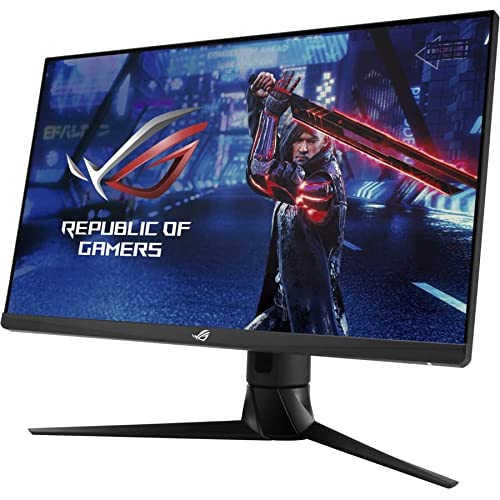
True Score
78772Experts
841kCustomers
Mixed Reviews
 $799.97
$799.97Snapshot
Reasons to Buy
- Low input lag, fast response time, and high refresh rate for gaming
- Gaming-oriented design and lighting
- High color accuracy
- Wide viewing angles
Reasons to Avoid
- Mediocre blacks
- Poor local dimming
Specifications
Display Type LCD HDMI Inputs 2 HDR Format HDR10 Max Resolution 2560 x 1440 
Panel Type Fast IPS Refresh Rate 270 Hz 
Response Time 0.5 ms Screen size 27″ 
Sync Technology Adaptive Sync All Specs
Test Results
Brightness (nits) 269 Contrast Ratio (as ratio, x:1) 1,121 Color Gamut/Accuracy % (DCI P3 xy) 93 Color Gamut/Accuracy % (DCI P3 uv) 0 Color Gamut % (Adobe RGB Coverage xy) 85 Color Gamut % (sRGB Coverage xy) 99 All Retailers
- $799.97
Our Verdict
The Asus XG27AQM is a high-performance monitor that stands out for its color accuracy and brightness. It covers 93.3% DCI P3 and 99.1% sRGB, both excellent coverages that make it suitable for a huge range of applications, from web design to multimedia use. The included blue light filter and flicker-free panel also help prevent eye strain, making the monitor excellent for long productivity tasks.
Brightness is the XG27’s biggest weakness. At 269 nits, it’s adequate for most office environments that use standard lighting, but if your office has a lot of natural light, it’ll struggle. The monitor’s reflectivity is also on the higher side, at 5.2%, which could further complicate the low brightness with glare.
The 1121:1 contrast ratio provides good depth in image quality, even if it doesn’t quite match the PG32UQX’s 1314.9:1. However, it’s much cheaper, so if you don’t need the best possible contrast from your Asus monitor, it’s more than good enough.
When it comes to gaming, the Asus XG27AQM does offer some impressive features. It boasts the best-in-class input lag of 8.4 ms and one of the highest refresh rates at 270 Hz. These features provide an exceptionally smooth visual experience, especially during fast-paced gaming scenarios. Its response time of 5.1 ms is also excellent and helps prevent motion blur from ruining the image.
The Asus XG27AQM performs exactly as its steep price tag suggests: extremely well. It may struggle a bit with brightness, but if your office is dimly or moderately lit, the outstanding color accuracy makes the monitor an easy pick for creatives looking for a monitor that can handle productivity work without breaking a sweat. It also works great with games.

Best Overall

Runner Up

Best Value

Best Budget

Best Mid-Range

Premium Pick
Asus PG32UQX
It is exceptional for professional color work and gaming, offering unmatched brightness and color accuracy. Its premium features justify the high price for those prioritizing top-tier image quality.
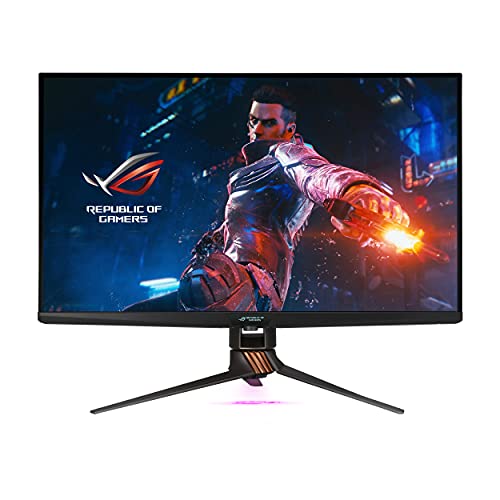
True Score
77776Experts
811kCustomers
Mixed Reviews
 SAVE $406$2,299.00$1,893.22
SAVE $406$2,299.00$1,893.22Snapshot
Reasons to Buy
- Ultra-wide color gamut for high color accuracy
- High response time and low input lag make it ideal for gaming
- Very ergonomic stand
- High HDR peak brightness levels
Reasons to Avoid
- No HDMI 2.1 port for advanced consoles such as the PS5 and Xbox X Series
- No brightness control in HDR mode
Specifications
Display Type LCD HDMI Inputs 3 HDR Format HDR10 Max Resolution 3840 x 2160 (4k) 
Panel Type IPS Refresh Rate 144 Hz 
Response Time 4 ms Screen size 32″ 
Sync Technology G-Sync Ultimate All Specs
Test Results
Brightness (nits) 451 Contrast Ratio (as ratio, x:1) 1,315 Color Gamut/Accuracy % (DCI P3 xy) 117 Color Gamut/Accuracy % (DCI P3 uv) 0 Color Gamut % (Adobe RGB Coverage xy) 77 Color Gamut % (sRGB Coverage xy) 98 All Retailers
- $1,893.22$2,299Save $406
- $2,299.00$3,119Save $820
- $2,999.99
Our Verdict
The Asus PG32UQX is an ultra-premium monitor that stands out for its exceptional brightness and color accuracy. With its best-in-class brightness of 451 nits, this monitor is ideal for use in brightly lit offices or environments with a lot of ambient light. Its vast color gamut of 117% DCI P3 ensures it can display a wide array of colors with great accuracy, making it perfect for professional color work, particularly for video and HDR content. The sRGB color gamut coverage of 97.5% is also excellent for web content and design.
However, the PG32UQX’s higher reflectivity of 5.1% could be a concern in particularly bright rooms, potentially affecting visibility. The monitor’s high brightness somewhat counterbalances this, but glare can still be an issue. The best-in-class contrast ratio of 1314.9:1 provides deep blacks and bright whites, resulting in a more dynamic image across multimedia and gaming content.
The monitor’s usability in the office is further improved by its eye care features, including its blue light filter and flicker-free technology. It also does an excellent job when it comes to gaming. While the PG32UQX has a slightly higher input lag of 12.2 ms compared to the Asus XG27AQM, it’s still very responsive, and its 6.6 ms response time helps keep action free of motion blur. The monitor also features G-Sync Ultimate for smooth, tear-free experiences.If money is no object, the PG32UQX’s top-tier features and performance make it a worthwhile investment if you need the best image quality and performance. Its excellent brightness and fantastic color accuracy are recommended for professional color work and color-heavy productivity tasks.

Best Overall

Runner Up

Best Value

Best Budget

Best Mid-Range

Premium Pick
Asus Rog Strix XG16AHPE
Offers portability and solid performance for on-the-go creatives and gamers, though its smaller size and lower HDR capability may limit its appeal for some users.
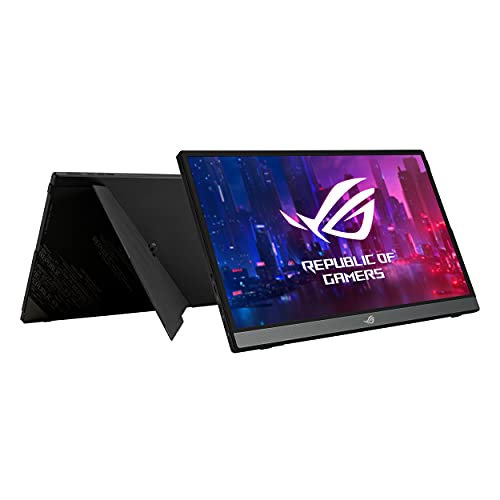
True Score
71703Experts
76204Customers
Mixed Reviews
 $449.99
$449.99Snapshot
Reasons to Buy
- It comes with a built-in high-capacity 7800mAh battery
- Exceptionally low input lag and response time
- Supremely wide viewing angles
- Extremely sturdy built-in fold-out kickstand
- Native 144 Hz display refresh rate
Reasons to Avoid
- It does not have HDMI 2.1
- Limited to only 8-bit color
- No presence of Black Frame Insertion feature
- Limited color gamuts
- Mediocre native contrast ratio and black levels
Specifications
Display Type LCD HDMI Inputs 1 HDR Format n/a Max Resolution 1920 x 1080 (Full HD) 
Panel Type IPS Refresh Rate 144 Hz 
Response Time 3 ms Screen size 15.6″ 
Sync Technology G-Sync All Specs
Test Results
Brightness (nits) 295 Contrast Ratio (as ratio x:1) 1,216 Color Gamut/Accuracy % (DCI P3 xy) 73 Color Gamut/Accuracy % (DCI P3 uv) 0 Color Gamut % (Adobe RGB Coverage xy) 74 Color Gamut % (sRGB Coverage xy) 99 All Retailers
- $449.99
Our Verdict
The Asus ROG Strix XG16AHPE is a very different type of monitor: it’s portable and can run off battery power, not just a wall outlet. With an impressive sRGB color gamut coverage of 99.3%, it’s a great way for creatives on the go to always have an accurate monitor for their design work. The monitor’s DCI P3 xy color gamut coverage is only 73.4%, though, which is less than ideal for HDR content and video editing.
Despite its compact nature, the monitor still features a solid enough brightness of 295 nits to use in most places without direct sunlight. Standing at 1215.5:1, the contrast ratio provides a good image depth with rich blacks and bright whites. If you’re traveling with the monitor, though, it’s worth noting its relatively high reflectivity of 5.2%, which can cause issues with glare if you expose it to direct sunlight.
Its input lag of 9.0 ms and response time of 5.6 ms might not be the quickest in our list, but they are still great for some competitive and casual gaming. This responsiveness pairs well with the monitor’s refresh rate of 144 Hz, which is great for avoiding visual tearing.
The XG16AHPE is affordable and provides great performance for the price. However, it’s only 16” and 1080p, partly because of its portable nature. If you’re looking to save money on a quality monitor you can take with you for productivity, design, and gaming, it’s absolutely worth the money.
Which Criteria Matters for Testing Best Asus Monitors?
By focusing on these criteria (2 required), anyone can quickly and easily compare these computer monitors and how they’ll perform. This helps you make an informed decision and purchase the best gaming monitor!
| CRITERIA | RANGE | REQUIRED | DEFINITION |
|---|---|---|---|
| Contrast Ratio | >1000:1 | Yes | The difference in brightness between the whites (lit sections) and blacks (dim or unlit sections) of a monitor panel. |
| Color Gamut % (sRGB Coverage xy) | > 95% | Yes | How much of the sRGB color gamut is covered by the monitor, which helps indicate color accuracy for web content and games. |
Our Trusted Data Sources
We looked at 110+ computer monitor reviewers and found that 33 are trustworthy (60%+ Trust Rating). The three we have listed below are our most trusted for computer monitors.
- Samuel Breton – Rtings, MuckRack
- Chris Eberle – Tom’s Hardware, LinkedIn
- Tony Hoffman – PC Mag, MuckRack
Interested in a comprehensive analysis of our data sources? We’ve got you covered. Below, you’ll find a detailed list of every computer monitor review website we’ve identified, organized by their respective Trust Ratings from highest to lowest. But we didn’t stop there. We’ve meticulously reviewed each publication and verified the data by checking whether the authors have bio links to MuckRack or LinkedIn. We’re committed to not only checking the facts but ensuring their veracity.
Computer Monitor Test Data & Results
1. Contrast Ratio (as ratio, x:1) Test Results
Contrast Ratio
> 1000:1
Acceptable range of performance
Definition: How bright the monitor will get, usually under specific testing conditions, like 10% windows (which means 10% of the screen is a white box.)
Units of Measurement: Ratio
Tools to Measure: Luminance meter or photometer or colorimeter
Why It’s Important:
Contrast ratio is how dynamic images are given detail and dramatic effect, with very dark areas appearing truly dark, while bright areas are bright and pop.
Contrast ratio on monitors is responsible for making images appear “dynamic” and “dramatic.” By having a good contrast ratio, a monitor is able to recreate dramatic differences between light and dark spots in scenes, images and games accurately.
At a minimum, we recommend a contrast ratio of 1000:1, as this will do a good enough job at allow for detail in dark scenes and images. If contrast ratio gets too low, the picture quality suffers, and the monitor performs worse across the board, no matter the lighting condition. Also, dynamic contrast ratio refers to where a monitor adjusts its backlight to match the brightness of the screen content, enhancing the contrast between the darkest blacks and brightest whites for a more vivid and immersive viewing experience.
By getting a monitor with a sufficiently high contrast ratio, you can ensure the picture quality doesn’t suffer, and dramatic scenes with stark shifts in lighting, whether they be in games or videos, are created as accurately as possible.
Contrast Ratio (higher is better)
2. Color Gamut % (sRGB Coverage xY) Test Results
Since color gamut comes in a variety of different types, there’s bound to be some confusion as to which is meant for what. sRGB is an extremely common gamut that is used for the vast majority of web content, including how YouTube videos display, and is the primary gamut used for video games.
If you’re looking for accurate colors while web browsing, watching videos or playing games, you’re going to want a coverage of at least 95%. Higher is always better and hitting 100% means that if you correctly calibrate your monitor, you should be seeing content exactly as it was intended. Higher than 100% means that more than just the standard gamut has been covered, which can create more saturated and vivid colors. Coming in under 100% means the colors are less accurate, though this doesn’t become a major issue until you start to fall under 90%.
Color Gamut % (sRGB Coverage xy)
> 95%
Acceptable range of performance
Definition: The amount of the sRGB gamut that the monitor covers.
Units of Measurement: %
Tools to Measure: Colorimeter
Why It’s Important:
The sRGB color gamut is the most commonly used gamut for most colors when browsing the web, watching videos on the web on sites like YouTube, and when playing video games.
Color Gamut SRGB (in %; higher is better)
Best Asus Monitors: Mistakes To Avoid
- Ignoring Refresh Rate: If you’re into gaming or need smooth visuals, don’t overlook the monitor refresh rate. The standard monitor refresh rate is typically 60Hz, but higher refresh rates, like 144Hz or 240Hz, provide smoother gameplay and motion. Be sure to read up on the differences between 144Hz vs 60Hz and 144Hz vs 75Hz if you’re curious about the differences. However, if you’re not a gamer, refresh rate might not be a crucial factor to consider.
- Not Considering Panel Type: Asus offers monitors with various panel types, such as IPS (In-Plane Switching), TN (Twisted Nematic), and VA (Vertical Alignment). Each has its pros and cons in terms of color accuracy, response time, and viewing angles. Make sure to choose the panel type that aligns with your usage preferences.
- Ignoring Resolution: Depending on your needs and budget, you’ll want to consider the resolution of the monitor. Higher resolutions, such as 1440p (Quad HD) or 4K (Ultra HD), offer sharper images and more screen real estate, but they also require more powerful hardware to drive them effectively. If you’re a gamer, there are advantages to both a 4K and 1080p monitor for gaming. Don’t ignore warranty information either since it might include additional support features like on-site service or accidental damage protection. If you already own an Asus monitor, you can double check your warranty status online.
- Not Checking Connectivity Options: Ensure the monitor has the necessary ports to connect to your devices. Common connections include HDMI, DisplayPort, and USB-C. Also, consider additional features like built-in USB hubs for connecting peripherals.
The Best Asus Monitors Tests Compared
Product |
True Score
|
Brightness
|
Contrast Ratio
|
Color Gamut (DCI P3)
|
Color Gamut (sRGB)
|
Input Lag
|
Response Time (ms)
|
Reflections %
| |
|---|---|---|---|---|---|---|---|---|---|
| 87 |
|
|
|
|
|
|
| $629.00 $749 $120 |
| 78 |
|
|
|
|
|
|
| $799.97 |
| 77 |
|
|
|
|
|
|
| $1,893.22 $2,299 $406 |
| 71 |
|
|
|
|
|
|
| $449.99 |

